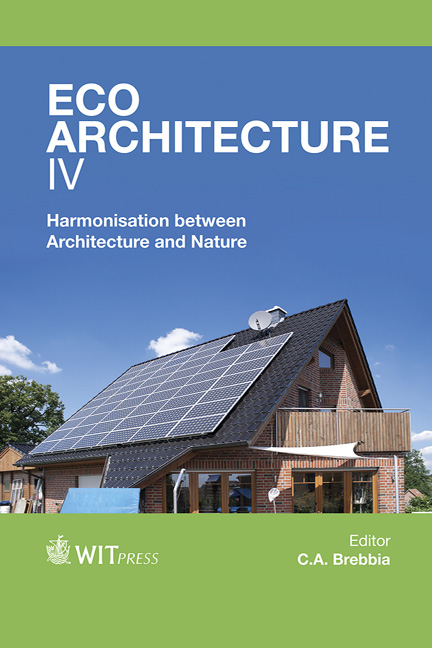The Effect Of Light And Colour In Architectural Design
Price
Free (open access)
Transaction
Volume
165
Pages
8
Page Range
75 - 82
Published
2013
Size
625 kb
Paper DOI
10.2495/ARC120071
Copyright
WIT Press
Author(s)
M. Mahan & S. Kashizadeh
Abstract
The purpose of this research is to identify the effect of light and colour on the quality of space perception. The presence of light is related to the age when humans knew themselves and grew and developed in the embrace of beautiful nature. It has a great place in science, variant religions, mysticism and Sufism, literature, philosophy, and numerous philosophies and scientists have studied it. In most religions it is a symbol of divine wisdom, the source of all wellness and innocence, and indeed it is a sign of the heavens and spiritual world. The main aim of life is the departure of humans from the darkness of foolishness and their entrance into the brilliant light of divine sapience and sight. The beauty which we see and understand is because of the presence of light, otherwise there is nothing in darkness. The real beauty is understood by the light of wisdom. It is the brilliance and shiny light that causes beauty, colours and other observable properties to be seen. Light is one of the important factors in architecture that is regarded along with other aspects such as structure, spatial order, materials, colour and so on. It also has a separate role in design. Colour is one of light’s properties. Recognition of colour results from radiated light and its changes, the attraction, reflection and transmission properties of the surface, the relation of the surface with colours around it, and the characteristics of the eye. Colour plays a significant role in stimulating the observer. Additionally, it is important in the presentation and concealment of elements and their effects. In the present research we point to the effect of light and colour and their features in space perception in a case study we have undertaken in Iran. Keywords: architectural design, colour, light, quality of space perception.
Keywords
architectural design, colour, light, quality of space perception





